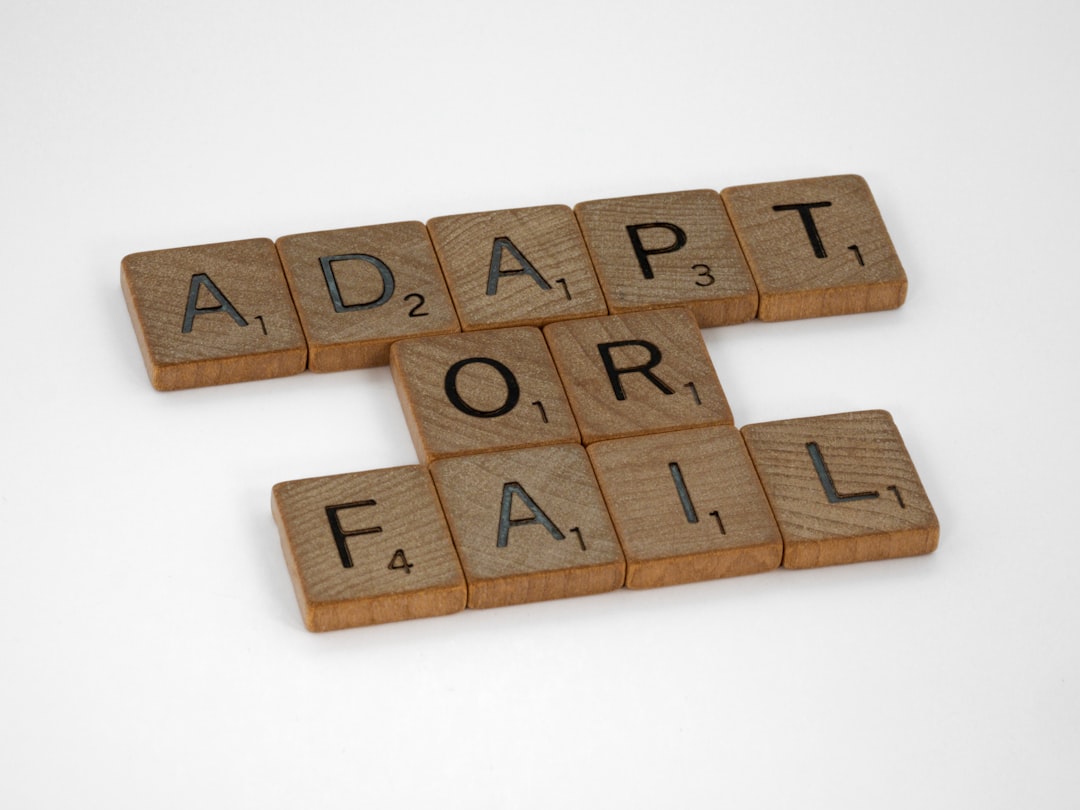What is it about?
In Vietnam, hydropower is a major energy resource and contributes 48.26% to the power system capacity in 2012. One of the main strategic targets in the national power development plan is to give priority to hydropower. However, there is evidence that the most ‘at risk’ in Vietnamese society have, to date, broadly failed to benefit from hydropower development, but rather have become more vulnerable. This paper aims to broaden the perspective of decision-makers (government agencies, investors and banks) in the hydropower industry regarding the environmental and social impact of unrestrained development and the critical need not only to reduce disaster risk for communities, but to provide a sustainable model for Vietnam’s energy demand.
Featured Image
Why is it important?
While conscious of Vietnam’s energy demands and development goals, this paper investigates the context of increasing disaster risk and ecological pressures as well as social injustice relating to the hydropower industry. This kind of analysis can support future efforts to reduce disaster risk and the vulnerability of marginalized groups in Vietnam.
Perspectives
This paper suggests that the development of small hydropower projects must be curtailed until new measures are put in place. This has practical implications for investors, policy-makers and residents of affected areas. We argue for a significant shift in government strategy towards building resilience as opposed to growth and profit at any cost.
Chinh Luu
Read the Original
This page is a summary of: Balancing costs and benefits in Vietnam’s hydropower industry: a strategic proposal, International Journal of Disaster Resilience in the Built Environment, February 2017, Emerald,
DOI: 10.1108/ijdrbe-05-2016-0018.
You can read the full text:
Contributors
The following have contributed to this page










